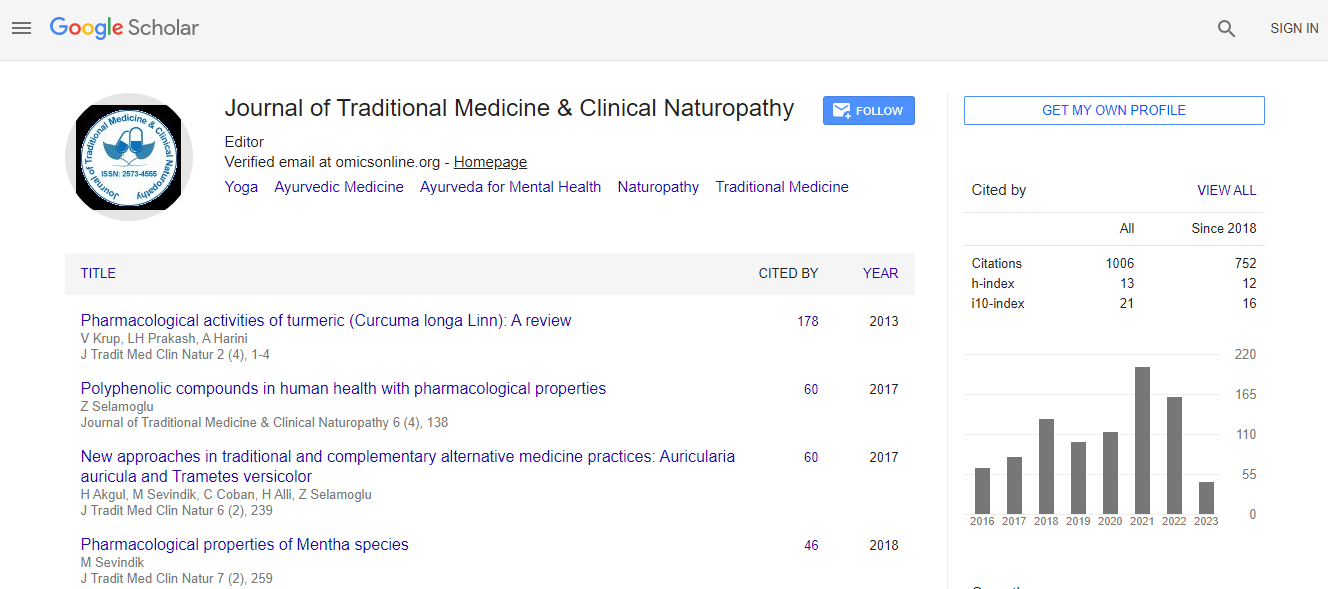Hypothesis
Scientific Basis of Homeopathic Medicine: A Hypothesis to Establish the Scientific Basis of Homeopathy
| Tshediso Vukile Sekonyela* | |
| Dr. Tshediso Sekonyela Center for Homoeopathic Medicine, Mount Fletcher, Eastern Cape South Africa | |
| Corresponding Author : | Tshediso Vukile Sekonyela Dr Tshediso Sekonyela Center for Homoeopathic Medicine Mount Fletcher, Eastern Cape South Africa Tel: 27392570009 E-mail: drsekonyela@gmail.com |
| Received: October 22, 2015; Accepted: December 24, 2015; Published: December 28, 2015 | |
| Citation: Sekonyela TV (2016) Scientific Basis of Homeopathic Medicine: A Hypothesis to Establish the Scientific Basis of Homeopathy. J Tradi Med Clin Natur 5:185. doi:10.4172/jtmcn.1000185 | |
| Copyright: © 2016 Sekonyela TV. This is an open-access article distributed under the terms of the Creative Commons Attribution License, which permits unrestricted use, distribution, and reproduction in any medium, provided the original author and source are credited. | |
| Related article at Pubmed, Scholar Google | |
Abstract
This paper seeks to develop a hypothesis on the scientific basis of homoeopathic medicine, and the research opportunities that this field of medicine presents, by primarily stating the cardinal laws on which homoeopathy is based, and secondly reviewing literature on the basic sciences in an attempt to find out as to whether the latter has any explanation of the said laws. This has been achieved by focusing on the assumptions and theories of the founder of homoeopathy Dr. Samuel Hahnemann, precisely homoeopathy’s cardinal law which states that a substance which when administered to a healthy person produces sick symptoms in that person, will cure disease with symptoms similar to those that it produces on one hand, while on the other hand the concept of serial dilutions (potencies) and the notion that the higher the dilution, the more stronger the therapeutic effect of the drug on the other.
Outcomes based evidence in support of the efficacy of homoeopathic medicines is visited, which proves the authenticity of both the law of similar and the effectiveness of potentised homeopathic drugs. Thereafter both theories are then explained in terms of established scientific laws, principles and theories. Consequently, it is established that Homoeopathic medicine holds with science in general and modern day science in particular, with the vaccination and nanoparticle theories coming up as the most conspicuous scientific explanations for the two said homoeopathic laws. Lastly, this field of medicine presents broad research opportunities, for example the determination of the number of above Avogadro number nanoparticles of a substance in a given serial dilution, so as to establish as to whether each serial dilution possess evenly distributed nanoparticles at any given time.

 Spanish
Spanish  Chinese
Chinese  Russian
Russian  German
German  French
French  Japanese
Japanese  Portuguese
Portuguese  Hindi
Hindi 
